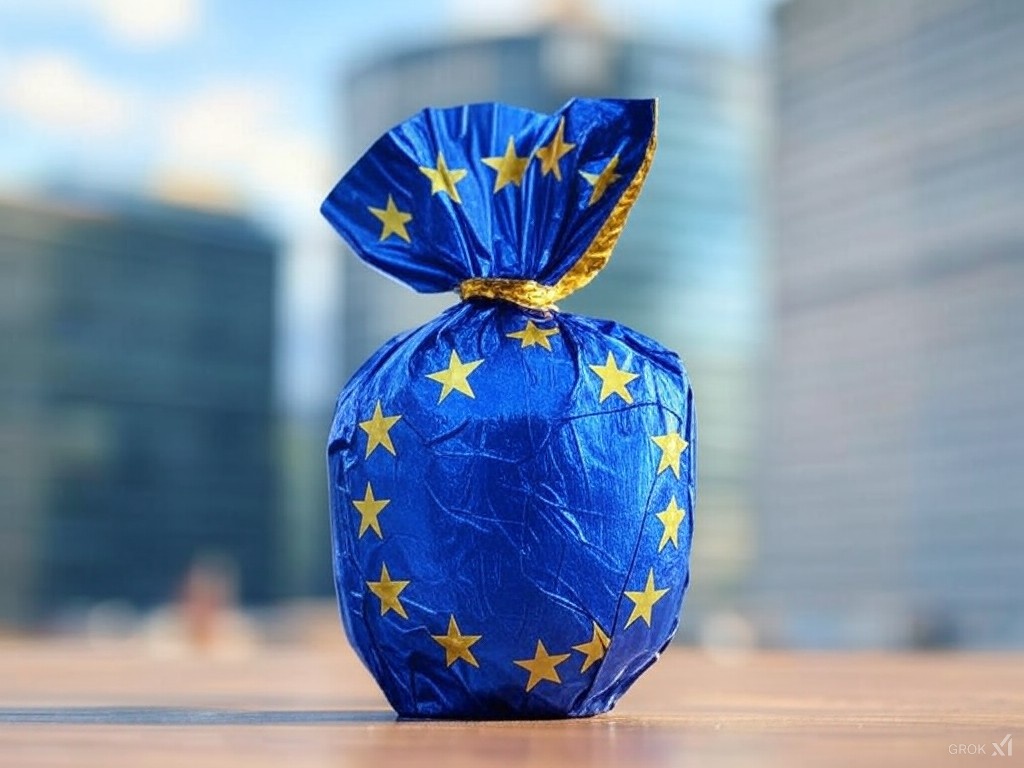Europe Seeks a New Mojo

29 January 2025
In the quaint, cobblestoned streets of Brussels, where the aroma of waffles mingles with the scent of bureaucracy, the European Union has embarked on yet another quest to reclaim its once-celebrated competitive edge with the release of "The Competitive Compass" blueprint.
The EU, it seems, is determined to innovate its way out of the economic doldrums, to catch up with the technological behemoths of the U.S. and China. Howver, much like a chef trying to reinvent the croissant in a world where everyone craves a quick, American-style breakfast sandwich or a Chinese dim sum, it's a strategy that seems both ambitious and slightly bewildering.
This strategy, laid out like a grand feast, involves fostering innovation through a blend of regulatory finesse and financial support. Picture, if you will, a scenario where the EU becomes the Silicon Valley of Europe, only with more bureaucracy and fewer bean bags. Here, ideas don't just sprout in garages but in conference rooms filled with suits, where every innovation must pass through a gauntlet of compliance checks as intricate as the lace from Bruges.
The novel idea at the heart of this plan isn't just about catching up; it's about blending the old with the new in a way that only Europe can. Instead of racing blindly towards the future, the EU proposes a 'Heritage Tech' initiative. This concept would merge Europe's rich cultural heritage with cutting-edge technology, turning historical sites into interactive museums where history meets holography, or developing apps that teach languages through medieval tales rather than modern slang.
Consider the Colosseum not just as a monument but as a live venue for augmented reality battles, where tourists can experience the gladiatorial games as they once were, complete with digital lions and virtual cheers. Or imagine the ancient libraries of Europe, their pages now brought to life through AI, narrating their own stories in the voice of the authors long gone.
This initiative, while seemingly whimsical, could inject a unique flavor into the global tech scene, where Europe's historical depth could be its marketable asset. Instead of merely following the tech trends, Europe could lead with a narrative that's as compelling as its history, making the world not just look back in awe but forward with anticipation.
Yet, in this grand vision, one can't help but see the shadows of challenges. For every step forward in tech, there's a corresponding step back in the bureaucratic dance. The EU's approach to regulation, while protective, often resembles a snail's pace in the fast lane of global tech races. There's also the perennial issue of funding; Europe's pockets, while deep, are not bottomless, especially when compared to the seemingly endless resources of their American and Chinese counterparts.
Moreover, the cultural mosaic of Europe presents its own set of hurdles. Innovating across 27 member states, each with its own language, culture, and sometimes conflicting interests, is akin to conducting an orchestra where every instrument wants to play a different tune. The harmony required for a unified tech push might just be the most challenging symphony yet.
In this landscape, where history and modernity clash and meld, the EU's strategy might just be the plot twist needed in the global tech saga. By leveraging its cultural heritage, Europe could redefine what it means to be competitive, not just by speed or scale, but by depth and uniqueness. Whether this approach can truly rejuvenate Europe's tech sector or if it will remain a quaint idea lost in the bureaucratic maze, only time, with its inexorable march, will tell. However, in the grand tapestry of global innovation, Europe's thread, woven with the colors of its past, might just be the pattern that catches the eye.
